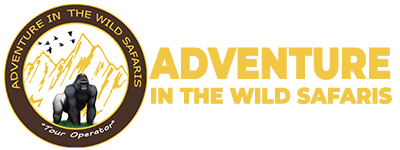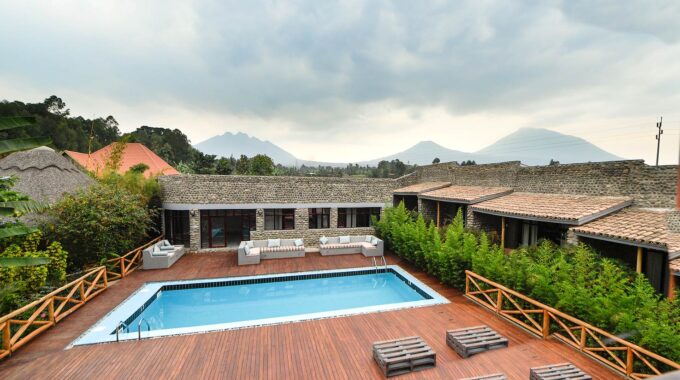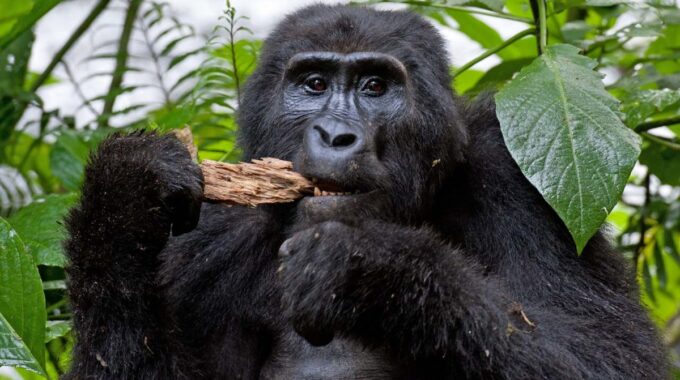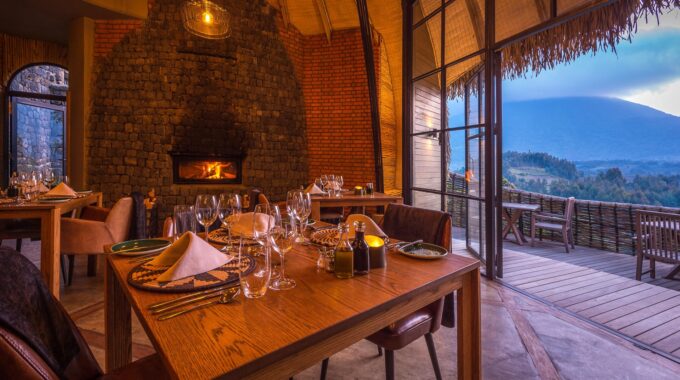Comparing Hotel Amenities and Services: Choosing the Best Stay for Your Gorilla Trekking Adventure. Hotel…
Meal Planning for Trekking Days
Meal Planning for Trekking Days
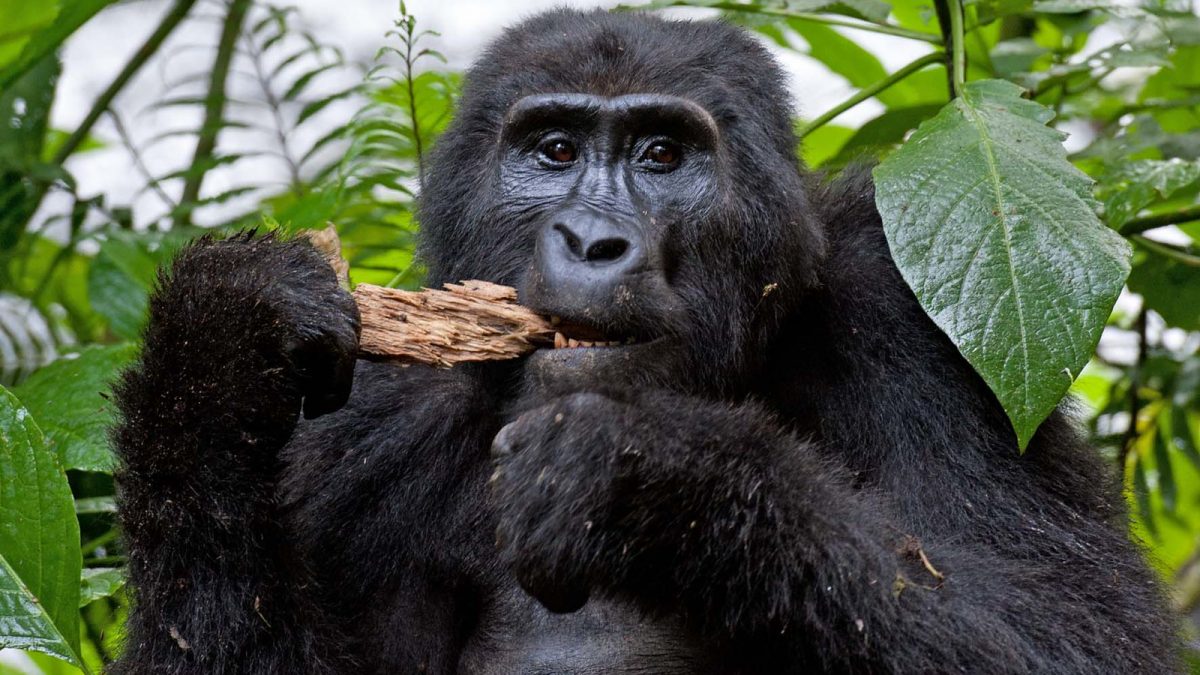
Introduction
Meal planning for trekking days: Proper meal planning for trekking days is crucial to ensuring that your body has the stamina and energy it needs for a successful and enjoyable gorilla trekking experience. Whether you’re navigating the misty trails of Volcanoes National Park in Rwanda, Bwindi Impenetrable Forest, or Mgahinga Gorilla National Park in Uganda, your nutritional strategy can make a significant difference in how well you perform on the trail.
In this guide, we break down what to eat before, during, and after your gorilla trek, how to plan your meals while traveling, and what to expect from your lodge in terms of dietary provisions. With smart planning, your meals will not only fuel your body but enhance your entire trekking adventure.
Why Is Meal Planning Important for Gorilla Trekking?
Trekking to see mountain gorillas is physically demanding. The terrain can be steep, muddy, and unpredictable, and you may be trekking for anywhere from 2 to 6 hours, or more. The right nutritional preparation can:
- Maintain your energy levels
- Prevent fatigue and dehydration
- Support muscle recovery
- Keep your immune system strong in a foreign environment
For these reasons, meal planning for trekking days is an essential part of your gorilla safari preparation.
1. Pre-Trek Nutrition: The Day Before
Your meal plan starts the day before your trek. Eat foods that are:
- Carbohydrate-rich: Rice, potatoes, pasta, and whole grains provide long-lasting energy.
- Moderate in protein: Include lean proteins like grilled chicken, eggs, or legumes to support muscle function.
- Low in fat: Fatty meals can slow digestion and leave you feeling sluggish.
Drink plenty of water throughout the day to ensure you’re well-hydrated. Avoid alcohol and excessive caffeine as they can dehydrate you.
Suggested Meal (Day Before):
Lunch: Grilled chicken breast, quinoa salad, sautéed vegetables
Dinner: Pasta with tomato-based sauce, side of steamed greens, fruit
2. The Morning of the Trek
A well-balanced breakfast is vital. Your trekking breakfast should be:
- High in complex carbohydrates
- Easy to digest
- Include some lean protein
- Low in sugar and saturated fats
Avoid greasy or fried foods that may upset your stomach during the trek. Your lodge will typically provide an early breakfast before departure.
Recommended Breakfast:
Oatmeal with bananas and honey
Boiled eggs
A slice of whole-grain toast
Herbal tea or black coffee
Plenty of water
3. Packed Lunch and Trail Snacks
Because gorilla trekking durations can vary widely, you’ll need portable and energy-boosting foods to take with you.
What to Pack:
- Energy bars or granola bars – Opt for those with oats, nuts, and natural sweeteners.
- Trail mix – A combination of nuts, dried fruits, and seeds.
- Bananas or apples – Portable and high in natural sugars and fiber.
- Boiled eggs – A protein-rich, mess-free option.
- Crackers or sandwiches – Whole grain is ideal.
- Electrolyte tablets or rehydration salts – Helps replace lost minerals.
Most lodges provide a packed lunch, but you can also bring your own supplements, especially if you have dietary restrictions.
Note: Carry all snacks in a zip-lock bag to minimize waste and pack out everything you bring in.
4. Hydration Strategy
Staying hydrated is just as important as food. Dehydration can lead to dizziness, muscle cramps, and reduced stamina.
Tips for Staying Hydrated:
- Drink at least 2-3 liters of water on trekking day.
- Bring a refillable water bottle or a hydration bladder.
- Use water purification tablets or filters if you refill from natural sources.
- Add oral rehydration salts to your water if trekking for extended hours.
5. Post-Trek Meals: Recovery Nutrition
Once your trek is complete, your body will need nutrients to recover. A post-trek meal should include:
- Carbohydrates to replenish energy stores
- Proteins to repair muscles
- Healthy fats to support cell function
- Vitamins and minerals to reduce inflammation and strengthen immunity
Ideal Recovery Meal:
Grilled fish or chicken
Brown rice or potatoes
Fresh salad with olive oil
Seasonal fruits like papaya or pineapple
Drink plenty of water and consider a fruit smoothie with added protein for recovery.
6. Special Dietary Needs and Lodge Provisions
If you are a vegetarian, vegan, gluten-free, or have food allergies, you must inform your safari company or lodge in advance. Most reputable safari lodges near Volcanoes National Park and Bwindi Impenetrable Forest cater to special dietary requests.
Lodge Services Include:
- Customizable packed lunches
- Early breakfasts on trek days
- Recovery meals post-trek
- Herbal teas and natural juices
Reputable companies like Gorilla Rwanda Safaris ensure that your meal preferences are met, helping you focus on the experience rather than logistics.
7. Foods to Avoid Before and During Your Trek
Some foods and drinks can interfere with your performance or cause digestive discomfort:
- Fried foods
- Sugary cereals
- Alcohol
- Dairy-heavy meals (can cause bloating)
- Processed snacks high in sodium
Stick with whole foods, natural energy sources, and plenty of water.
8. Sample 3-Day Meal Plan for Gorilla Trekking
| Day | Meal | Menu |
|---|---|---|
| Day Before Trek | Breakfast | Scrambled eggs, toast, fruit juice |
| Lunch | Grilled fish, rice, and vegetables | |
| Dinner | Pasta with marinara, salad, and herbal tea | |
| Trekking Day | Early Breakfast | Oatmeal, banana, tea, eggs |
| Packed Lunch | Trail mix, sandwich, fruit, water | |
| Dinner | Grilled chicken, mashed potatoes, fruit | |
| Post-Trek | Breakfast | Smoothie, eggs, toast |
| Lunch | Rice bowl with beans and avocado | |
| Dinner | Tilapia fillet, greens, baked sweet potato |
9. What to Bring From Home
Though most of your food will be provided, you might consider bringing:
- Favorite energy bars or protein supplements
- Electrolyte powder
- Reusable utensils and containers
- Special dietary items (e.g., gluten-free snacks)
This ensures you’re never caught off-guard, especially in remote regions where certain items may not be available.
Conclusion
Thoughtful meal planning for trekking days isn’t just about what to eat—it’s about maximizing your gorilla trekking experience. By fueling your body properly, you’ll have the stamina, clarity, and strength to fully appreciate the once-in-a-lifetime opportunity to encounter mountain gorillas in the wild.
Whether you’re trekking in Rwanda’s Volcanoes National Park or Uganda’s Bwindi and Mgahinga, your meals should support your journey every step of the way. Partner with a reputable company like Gorilla Rwanda Safaris to ensure that all your dietary and logistical needs are well taken care of.
Related Blog Posts:
- Packing List for Gorilla Trekking in Rwanda
- Physical Fitness for Gorilla Trekking
- What to Expect on Your Gorilla Trekking Day
- Luxury Lodges Near Volcanoes National Park
